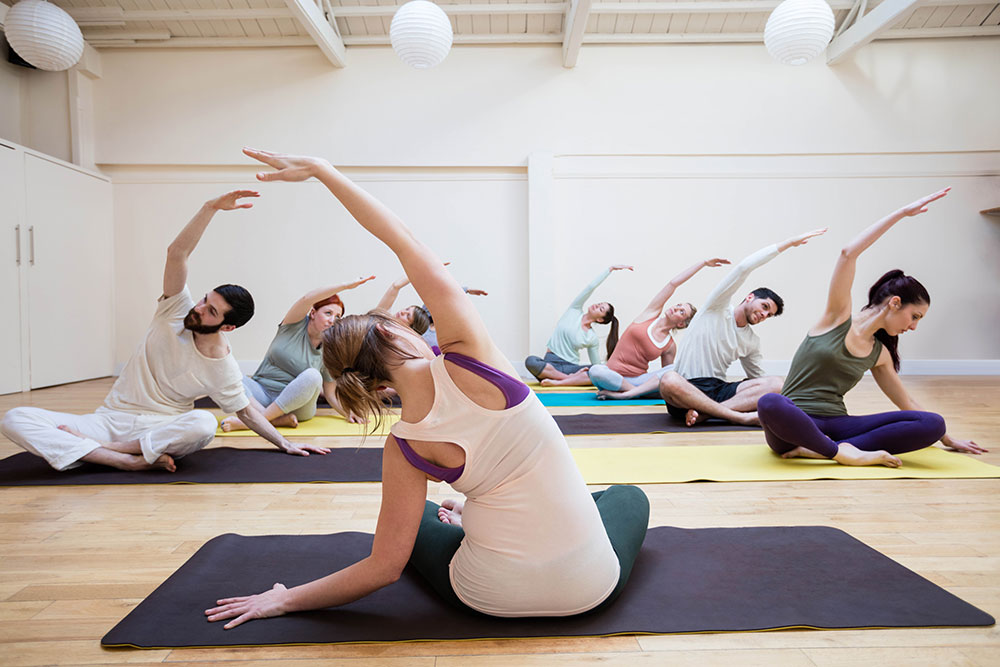
Yoga and pranayama for addiction
Yogi Anoop’s years of experience has culminated into a combination of active meditative and yogic poses with breathing techniques that can go a long way in taming the mind, alleviating stress, releasing tension and getting rid of many types of addictions. "When the mind and the body come in sync, a person is able to withdraw from addictions and move toward a healthier lifestyle," says Yogi Anoop. To treat dependency, addictions and stress, Yogi Anoop recommends a program that progresses from the introduction of various postures, breathwork to meditation.
Bhujangasana (cobra pose), Sarvangasana (shoulder stand), Shavasana (corpse pose) and Anulom Vilom pranayama are not only good for getting rid of various addictions but also help in releasing the happy hormone (dopamine) and maintaining good health.
Here's a quick introduction to these yoga poses and pranayama. Learn in great detail about each of these yogic gems under Yogi Anoop’s guidance. Yoga and pranayama should always be learned and practised under the strict supervision of a certified teacher. Practising poses differ from person to person depending on their ailments and body constitution.
Bhujangasana
The cobra pose is excellent for the central nervous system and keeps it active. It is good for the hormones that are secreted from the pineal and the pituitary glands. One such hormone is dopamine, popularly known as the happy hormone. Dopamine secretion alleviates mood and relaxes the mind - thereby helping in reducing addiction.
The posture is also great for an injured spine and a host of spinal problems. For slipped disc patients, this is one of the best remedies. It strengthens the lumbar region by increasing blood circulation and also balances the digestive system. The pose activates the liver and kidneys, while the diaphragm gets strengthened. It brings our breath into balance thus decreasing stress. Problems related to menstruation and other gynaecological ailments are also cured.
How to do Bhujangasana
Lie on your stomach with your legs together or little apart. The chin should touch the ground, hands should be in front of each shoulder with palms pressing down. As you inhale, slowly raise your upper body just like a snake. Hold this position for a second while holding the breath, slowly return to your original position and exhale.
Tip
Do not hold your breath for more than a second. Keep the elbow straight, roll the shoulders back, tilt the head back slightly and look up. Stay in this pose for 10 to 20 seconds. After you have practised the pose for several days and are able to do this comfortably, you can increase the duration of holding the pose.
You should be able to feel some stress on your spine, upper stomach and the diaphragm. Those with an injury in the lumbar region of the spine should do this exercise with legs apart.
Target Muscle
Upper stomach and hip muscles should be tightened while going up. Repeat 10 times
Sarvangasana
The shoulder stand increases the blood supply to the brain. An anxious brain under stress is characterised by less blood flow and oxygen. Postures like the shoulder stand rush blood to the root of the body - the brain. Addictive nature stems from an anxious mind, when two sides of the brain - the right and the left are not in balance - thereby the brain seeks external stimulation and addiction arises. The asana can help keep this in check. It is a posture that caters to the entire body.
How to do Sarvangasana
Lie flat on the back. Inhale and exhale deeply and slowly while relaxing the whole body. Now fold both your legs at knees and with the support of both your hands (under the hip and waist) raise the lower part of the body - the legs and the spine - until the toes point to the ceiling. Keep the spine and legs straight. Keep breathing normally, concentrate on your neck and head.
To come out of this posture, just bend your knees, curve your back and slowly return to lying on the floor while exhaling. First, bend your knees, put the palms on the floor and while curving the spine, gradually unfold it the way one unrolls a carpet. When your entire back touches the floor, straighten the knees and take a deep breath. Slowly lower your legs to the ground while breathing out.
The asana also benefits the thyroid gland and helps it work efficiently. The thyroid gland is primarily responsible for body weight regulation and promotes youthful appearance. The shoulder stand also regulates the sex glands, vitalizes the nerves, purifies the blood, promotes good circulation, strengthens the organs and helps them stay in good health. It also gives a good stretch to the neck muscles.
It is beneficial for people suffering from poor blood circulation, constipation, indigestion, asthma and reduced virility.
This pose is especially recommended for women after childbirth and for those suffering from painful menstruation, seminal weakness and other disorders.
Beginners can try to hold the pose for ten seconds and can gradually go up to 5 minutes.
Tip
Do not try this exercise if you are suffering from organic disorders of the thyroid gland. Be very cautious if you are suffering from high blood pressure, any major brain disease and chronic nasal catarrh.
Yogic breathing
This is one of the easiest and instant ways to relax the mind. Sit down comfortably and inhale as deeply as you can while maintaining smooth breathing. Note your belly expanding. As you exhale, feel your belly sink and lungs emptying. Do not force-yield. Continue for five minutes. This exercise should be performed in an area with fresh, clean air.
Anulom Vilom (alternate nostril breathing)
Most stress and anxiety-related disorders arise in people with a dominant right brain. They are also prone to addiction. Anulom Vilom involves alternative breathing to equally stimulate both sides of the brain and striking an equilibrium between the two.
Alternate nostril breathing can purify the nadis (whole nervous system) within three months.
How to practice Anulom Vilom
Sit in any comfortable meditative pose or on a chair. Begin by closing the right nostril and inhale slowly, steadily and deeply through the left. After full inhalation, hold for a while and close the left nostril while exhaling slowly and steadily through the right nostril. Repeat from the right nostril and continue for 5 to 10 minutes with closed eyes.
Tip
While practising, ensure no strain on the face or anywhere in the body. Avoid holding the breath for long if you suffer from high blood pressure or heart troubles.
Shavasana
Undeniably, the simplest of all postures, this asana is done by lying on the floor with your legs apart and arms limp by your side. Observe your breath, focus on detecting and discarding any remnants of tension in the body. Let your thoughts go while continuing to observe them - this is the birth of mindfulness.
The posture has a deep meditative and calming effect.
Copyright - by Yogi Anoop Academy
